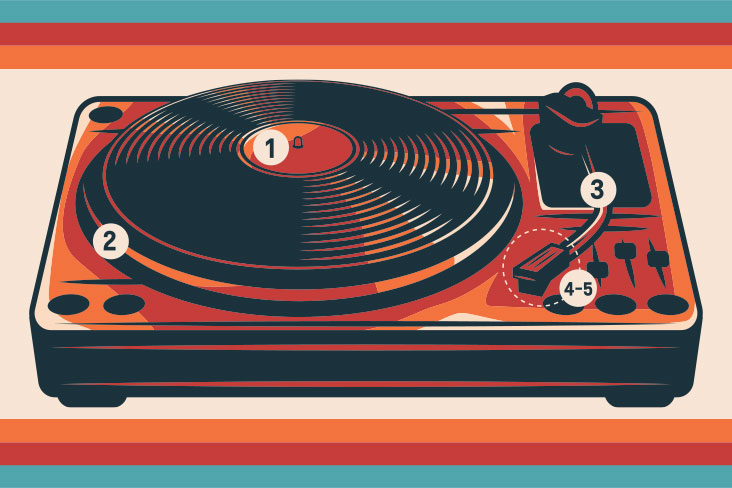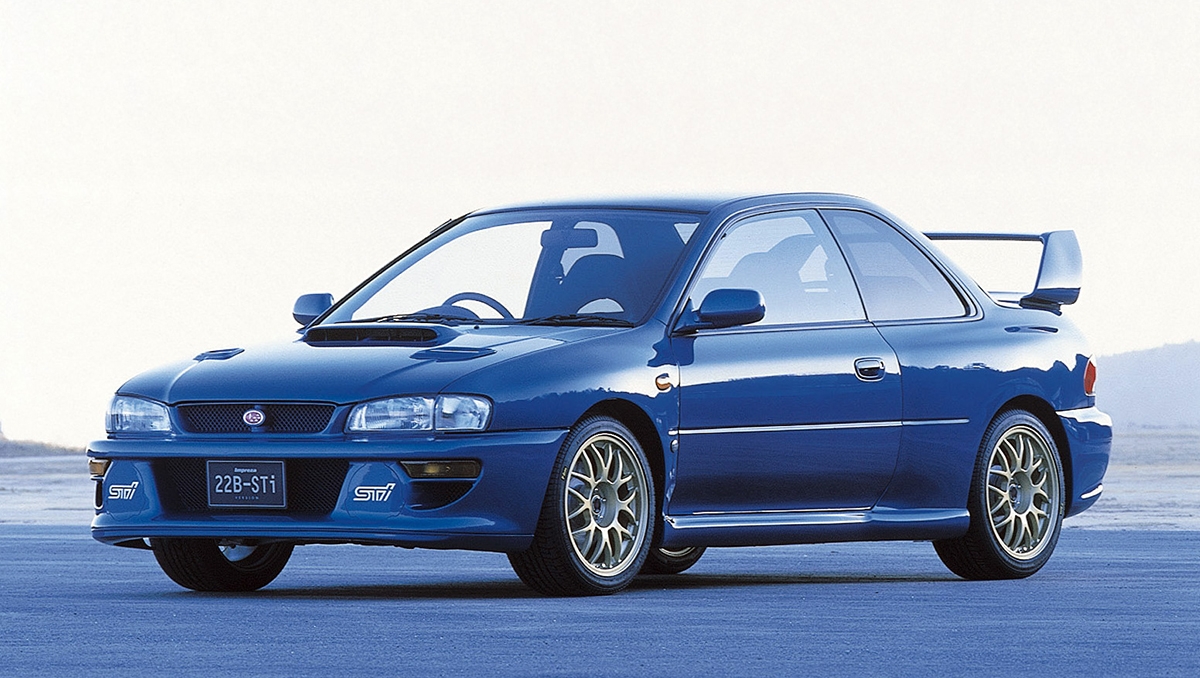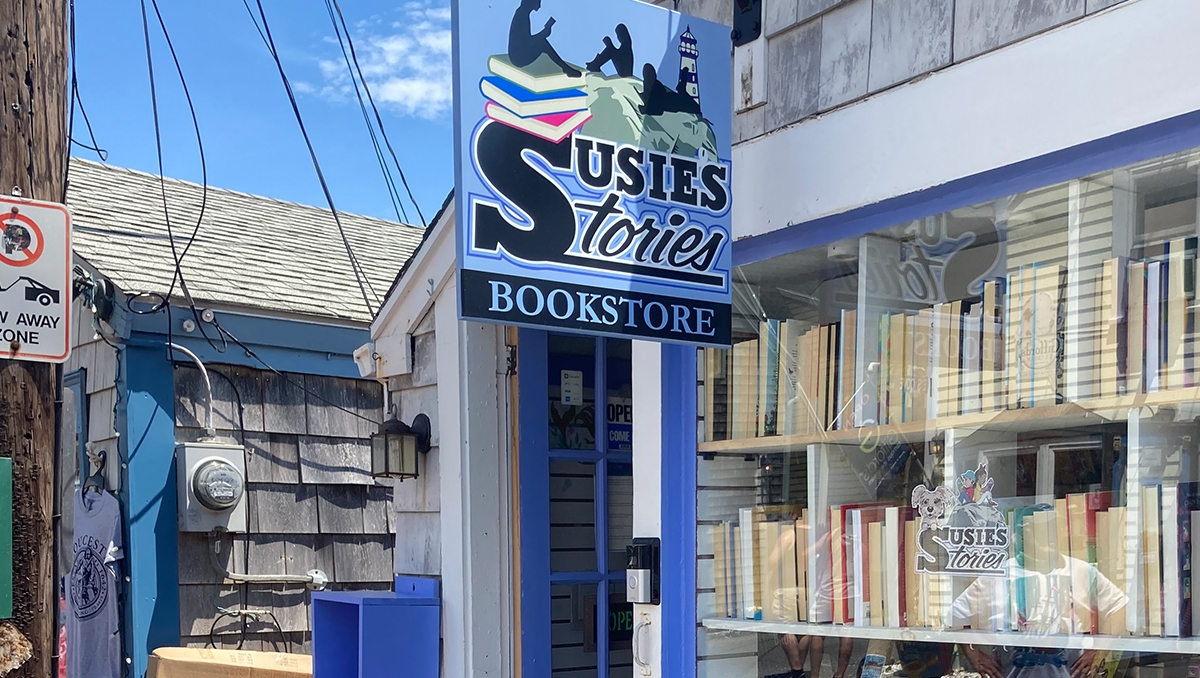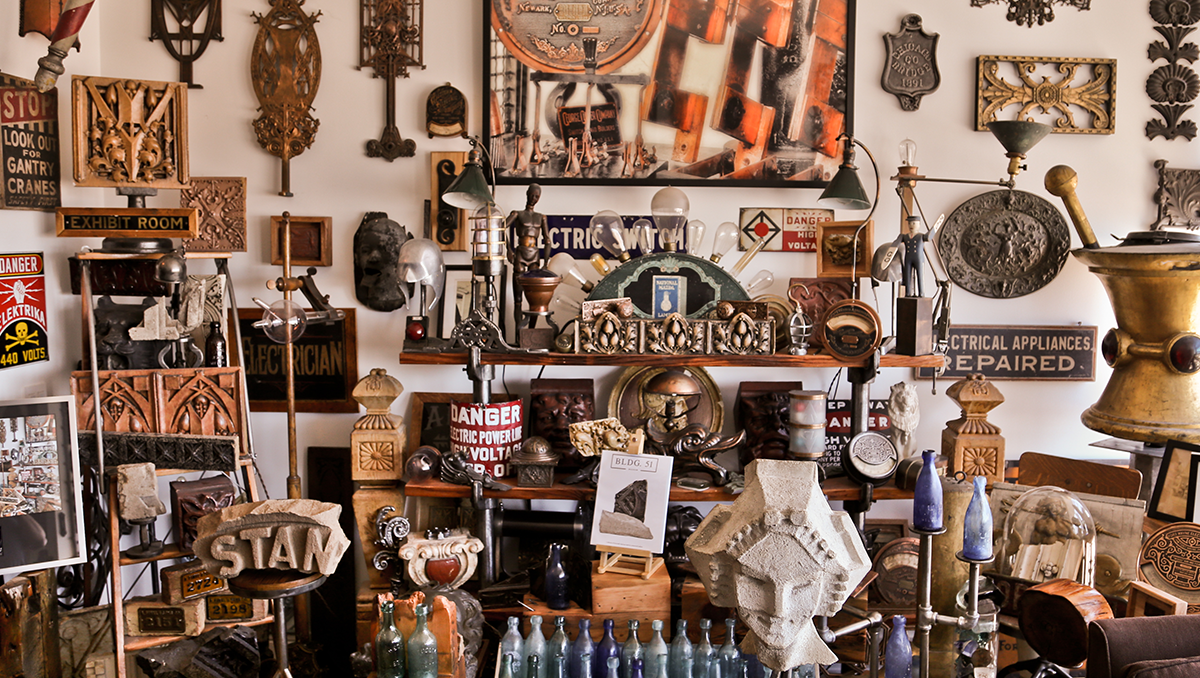It all started in the lull between Christmas and New Year’s Day, that traditional downtime when big ideas percolate and rarely get executed. While my kids were interested in their new phones, L.L. Bean boots and light-up keyboards, the only thing I had asked for in 2022 was the reissue of my favorite Beatles record, Revolver.
I put my freshly remastered record on an early 1960s Magnavox console stereo that I like because I’m a midcentury modern nerd. When the needle dropped, the songs were familiar but the sound quality most certainly wasn’t. This was a full-scale remaster from some of the most talented producers and engineers in the business. Playing it through a cheap stylus and a pair of paper cone speakers the diameter of a yogurt lid simply couldn’t do this album justice.
Why Vinyl?
Nothing can beat the convenience of digital media, but there’s a lot lost in the process of converting music into CDs or MP3s.
Vinyl adherents will insist that the sound quality of a vinyl record is better than that of digital media. For most casual listeners, though, a good-quality CD will sound just as good as a vinyl record, especially as vinyl begins to degrade over years of listening. But there’s an unambiguous difference between the sound quality of a record and that of a streaming service.
According to an article by Mark Harris for Lifewire, the audio signal from a streaming service is “lossy,” a term that’s “used in digital audio to describe a type of compression used to store sound data. The algorithm used in a lossy audio format compresses sound data in a way that discards some information. This signal loss means that the encoded audio isn’t identical to the original. The lossy audio produces a lower quality sound and has a smaller file size.”
It’s exactly the argument that Neil Young made when he developed his own, now discontinued, digital media player called Pono, which attempted to present songs as closely as possible to how they sounded when they were recorded in the studio.
Beyond the sound-quality issue, there’s the idea of an “album” of music tied together, however loosely, like a story. Along with recognized classics like The Dark Side of the Moon, Purple Rain and The Miseducation of Lauryn Hill, Marty Stuart’s 2023 record Altitude is a prime modern example. The individual songs are great, but the album – including the liner notes, inner sleeve photo and the clear blue vinyl it’s pressed on – creates a sensory experience greater than the sum of its parts.
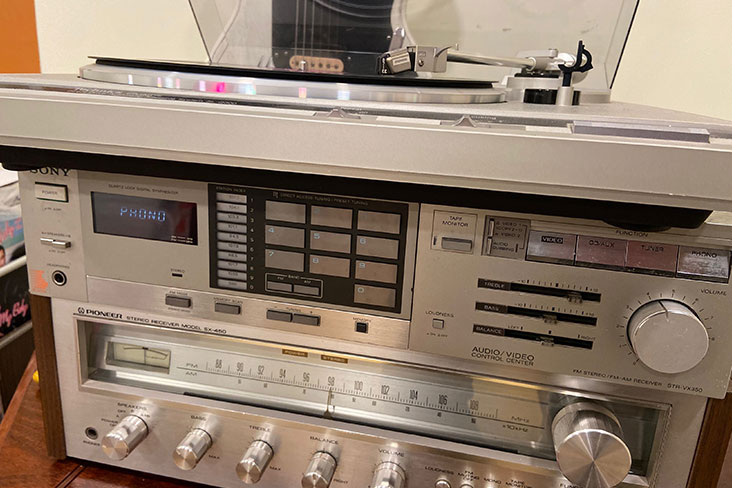
Is Vinyl Equipment Expensive?
If you’ve ever thought I should get a record player, chances are your social media feeds have bombarded you with ads for new turntables, preamps, speakers and more. It’s fine equipment but not necessarily cheap.
U-Turn Audio™, for example, offers a basic belt-drive turntable for $199, but it requires a preamp, the piece of equipment that boosts the electrical signal coming from that diamond stylus riding in the grooves. By the time you get a dust cover, a preamp or one of the optional hardwood bases, you’re into it for $499 before you even buy speakers.
Kevin Moll, owner of Skylabs Audio in West Des Moines, Iowa, explains that new equipment is fine if you want a warranty, but there’s a downside. “You take a 30% loss on that equipment instantly,” he says.
“Vintage stuff is also repairable,” he adds. “You can service this gear until the end of time.” The few parts that go bad are soldered in place and built to be repaired, unlike the printed circuit board in modern electronic gear. When a capacitor goes bad, you can have it taken out and replaced.
Moll estimates that a good-quality, fully serviced vintage receiver, turntable and speakers would run about $1,000 – equivalent to what you’d spend buying all new gear – but if you’re good at searching Goodwill stores, yard sales or your uncle’s basement, you can spend less.
A lot less.
With a used item, you’ll want to verify that the unit is working. Make sure that it turns on, all the functions work, all the lamps illuminate and there’s no scratchiness from the speakers if you adjust the volume, balance or tone knobs.
In general, the gear you’ll need to play a vinyl record includes the following:
The Receiver
Luckily for me, I’m a “curator” of old things – some might say a “hoarder.” Behind piles in my basement of beer-brewing supplies, photography equipment, a disassembled 1960s Vespa engine and the detritus of other failed hobbies, I unearthed the 40-year-old Sony STR-VX250 receiver that I had bought with money I earned bagging groceries in 1982.
A quick search of popular auction and resale sites came up with eight examples of my Sony receiver, none of which were more than $85, with the average price set closer to $50. This vintage gear won’t earn bragging rights among audiophiles, but it’s a fine 25-watt per channel integral receiver, plenty to drive a decent set of speakers.
The Turntable
The turntable gathering dust next to it was a Technics SL-Q300, one of approximately 1 zillion entry-level, direct-drive tables the manufacturer had built in the 1980s. By the end of its short run between 1983 and 1984, this model had an out-the-door price of $100. There are dozens of examples in the $50 range on eBay, but shipping can be expensive. Best to find one in your neighborhood on Facebook Marketplace, where I found several in the $100 range serviced with a new cartridge and stylus.
“Belt-drive turntables tend to have less motor noise,” says Moll, “where a direct-drive turntable has the motor directly under the platter the record sits on. Most people aren’t even going to hear that.”
The Speakers
Vintage loudspeakers are the wild card. The foam surrounds that encircle the speaker cones will turn to powder over time, and the capacitors in the crossovers that link woofers (the larger speakers) and tweeters and midrange (the smaller speakers) can go bad over time.
If you’re handy, you can repair both for less than $40 as I did with a set of 1980s-era Realistic speakers that I found for free on trash day. If you’re daunted by this idea, you can buy a relatively inexpensive set of newer speakers like the Klipsch® R-41Ms, available online for $159 or less.
In total, I spent under $250 for the entire setup, including the speaker repair. There are better grades of equipment from brands like Marantz®, Sansui® and McIntosh® that you might investigate once you’ve been bitten by the vinyl bug.
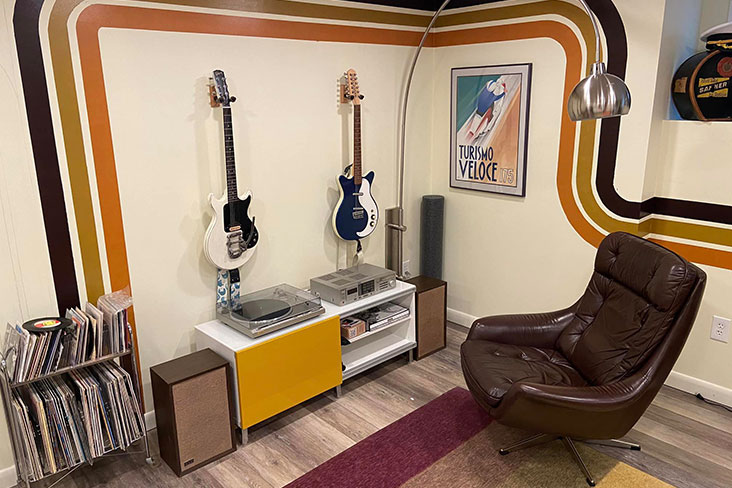
The Question of Aesthetics
How a component looks has little to do with how it sounds, but Moll says that “it’s like the presentation of a meal.” You could argue that food prepared the same way tastes the same whether it’s on bone china or a paper plate, but visual appeal heightens the experience.
By the late 1980s, nearly all audio gear was in a black case with a black face and digital readouts. In the 1970s, by contrast, most receivers were “silverface” and often had wood or wood veneer cabinets, along with lighted needles on the tuner. “Aesthetics are enough of a reason to buy the older equipment,” Moll says, if the look of the equipment makes a difference to you.
Streaming music will remain the way we listen as we drive, exercise and do yard work. It’s too convenient not to be the primary source of our daily audio entertainment. But an inexpensive vintage vinyl component system can more closely focus your attention on the music and how the artist originally intended you to hear it.
The entire experience of listening to a record – pulling it out of the sleeve, placing it on the turntable, wiping any dust from the surface with a carbon-fiber brush, gently dropping the needle in place, reading the liner notes – is more intentional and immersive than that of just selecting a single track from a streaming service. If you’re putting that effort into the prelude to any music coming out of the speakers, you’ll probably end up listening to at least the first side and there’s a good chance you’re going to flip the record over.
And since all this vintage equipment has reached the bottom of its depreciation curve, you can sell and trade components without losing much money.
I’ve since spent a bit more on better equipment than that 40-year-old Sony receiver, but it was still less than you’d spend on a middle-of-the-road flat-screen TV. What I got was a completely transformed listening experience, which helps me to concentrate and get more enjoyment out of the music that I listen to.
